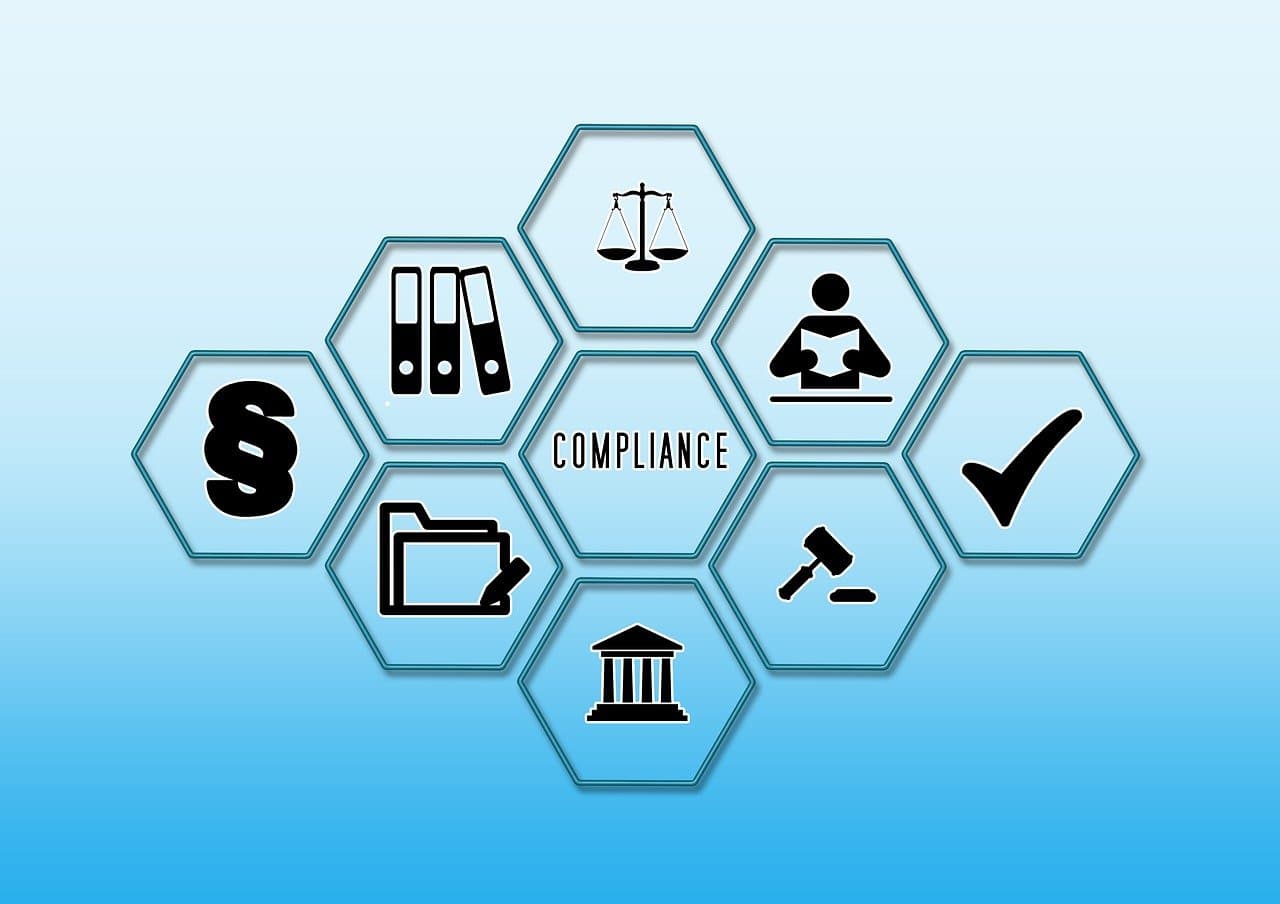Preparing for Data Privacy Compliance in 2024: 10 Steps Companies Can Take Now
This blog post offers a 10-step checklist for companies to effectively prepare for data privacy compliance in 2024.
Published: Mon Jan 08 2024

Navigating the assortment of U.S. state privacy laws can be challenging, but ensuring data privacy compliance is crucial. Fortunately, adhering to fundamental best practices can help you achieve broad compliance. By following the following steps, you'll be well-positioned to customize your privacy program to align with the specific laws applicable to your organization.
U.S. Data Privacy Laws & Data Privacy Compliance Checklist for 2024
1. Identify Enacted & Applicable Data Privacy Laws (GDPR, CCPA/CPRA/etc.).
Determine which privacy laws apply to your organization, which is likely based on your customer base. For instance, if your customers primarily reside in Virginia, understanding the Virginia Consumer Data Protection Act (VCDPA) is essential. However, even with a narrow geographic customer base, some companies choose to follow the most comprehensive data privacy laws, like the General Data Protection Regulation (GDPR) or the California Consumer Privacy Act (CCPA) / California Privacy Rights Act (CPRA). That way, they often meet the requirements of less strict data privacy laws, and usually only have to make minor adjustments to become fully compliant when other data privacy regulations are enacted.
2. Establish a Data Privacy Compliance Timeline & Data Privacy Compliance Checklist.
Most companies will need ample time to become fully compliant. It’s best to create a comprehensive compliance timeline and data privacy compliance checklist, prioritizing areas where your organization interacts with sensitive data or processes data subject to specific regulations. Having a well-thought-out plan, even if partially compliant, demonstrates commitment and helps mitigate risks.
3. Update Your Data Map & Data Inventory.
Most privacy regulations require companies to maintain a comprehensive inventory of all the data they have about individual users. To ensure continual compliance, regularly update your data map and inventory, detailing where personal information is collected, stored, and shared. Pay special attention to sensitive data, aligning with the specific definitions outlined in applicable laws. Privacy impacts from potential cybersecurity and data security incidents like data breaches, and your associated data privacy and security response plans should also be documented.
4. Consent Management Mechanisms.
Capturing consent is the baseline for all current data privacy regulations, so it is critical to implement robust consent management mechanisms, acknowledging unique requirements across different laws. Consent management must ensure compliance with opt-out provisions in many current regulations, like the CPRA.
5. Update 2023 Privacy Policies for 2024, Accounting for Your Updated Data Privacy Law Framework.
Regularly review and update your privacy policies on your website or mobile applications. Be sure to disclose relevant information, including categories of personal information, data processing purposes, consumer rights, third-party sharing, and opt-out options.
6. Update Hyperlinks.
Adapt your website and/or mobile application hyperlinks to facilitate consumer opt-outs, ensuring their functionality. Compliance with varying laws requires careful consideration of the mechanisms required for each jurisdiction.
7. Establish/Review a Customer Request Program to Support Data Requests.
An increasing number of data privacy regulations give customers the right to make requests for copies of their data—as well as to edit or delete their data—from companies with which they’ve engaged. You’ll want to implement or review your existing program for handling these types of Data Subject Access Requests (DSARs), anticipating an increase in requests. Extend the program to cover employees and vendors, ensuring clarity on responsibilities and obligations.
8. Review Data Retention Schedules.
Regularly review and update data retention schedules, adhering to principles like data minimization and purpose limitation. Conduct Data Protection Impact Assessments (DPIAs) before engaging in new data processing activities.
9. Update Impact Assessments Process.
Data protection impact assessments (DPIAs) or privacy impact assessments are required by several state laws to help companies identify and address privacy risks associated with data processing activities. You’ll want to prepare or update your DPIA process to address privacy risks associated with new data processing activities. This is particularly crucial before initiating endeavors like targeted advertising.
10. Update Data Processing Agreements.
Review and update agreements with third parties involved in personal data processing. Ensure that contracts include appropriate data processing addenda, meeting individual requirements while maintaining flexibility.
Conclusion
Navigating data privacy compliance can be complex. But with these steps, companies can be better prepared for compliance. Concord’s team of experts and privacy professionals can help organizations large and small in getting the ground running or advising on how to improve existing strategies. Contact us today for more information.